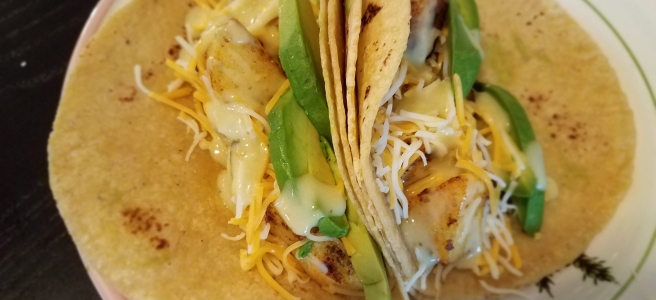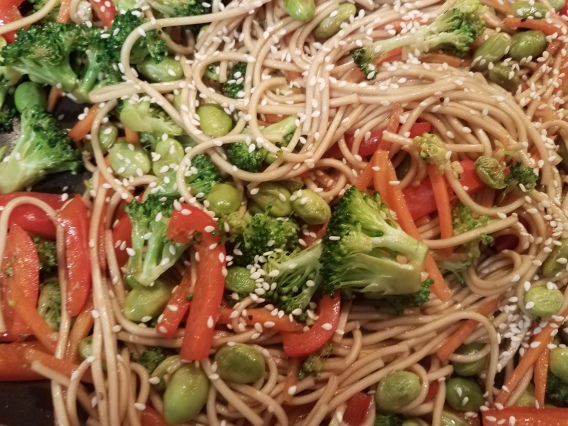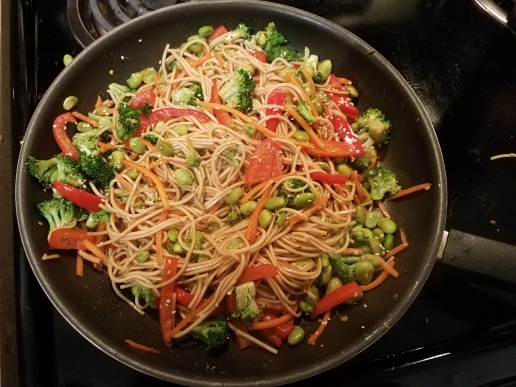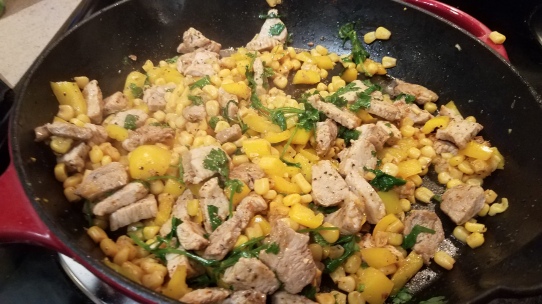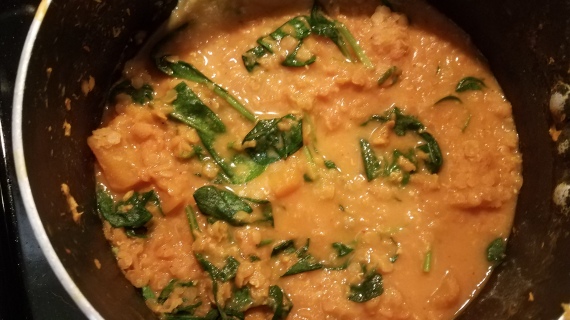I’ve been giving this some thought, and potatoes kind of get a bad rep.
I know why this is. First, we eat them in fried form too often. French fries are, perhaps, not the greatest argument for why we should eat potatoes. Second, they’re starchy, and for whatever reason, we have been taught to think of starches as not particularly nutritious.
Folks, I am here to tell you that, in moderation (as with literally any other food) potatoes are your friends.
You may recall that a few months ago, I posted about how we are supposed to eat a rainbow of vegetables. Brown/white vegetables have important nutrients, and 86% of Americans are not taking in the recommended levels of these phytonutrients. In fact, the only veggie/fruit color category we are worse at is blue/purple. What, exactly, are those nutrients? Brown/white fruits and vegetables are high in potassium, magnesium, fiber, vitamin C, vitamin A, and other micro-nutrients (for more on the food science, see here). Potatoes, in particular, are one of the biggest sources of potassium and vegetable phenolics in the American diet. Russet potatoes (the kind you probably picture when you think of baked potatoes or making mashed potatoes) have just over half the vitamin B6 you need in a day, and almost half the recommended daily amount of potassium. Red potatoes, the kind used in this recipe, are high in potassium, manganese, and vitamin C.
TL;DR: potatoes actually have a lot of nutritional value so let’s learn to use them correctly!

The fried potato soft tacos are actually a lot healthier, then, than you may have initially thought. They’re also not deep-fried, or fried in anything particularly bad for you; for this recipe, you’ll just be sauteeing them in a little olive oil, with a few seasonings, until they crisp up a bit on the outside and are fork tender.
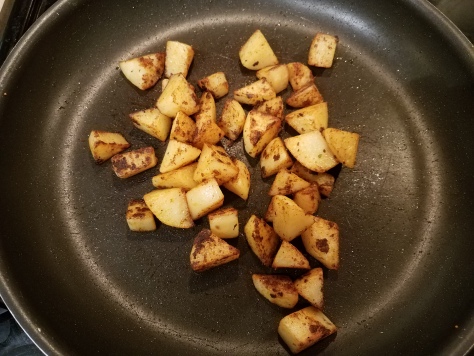
From there, assembly is simple! With your tortilla of choice (I use a mixed flour-corn tortilla baked and sold at my local grocery store–Texas folks, y’all know the HEB tortillas I am talking about) but flour or corn would work fine for these. Warm up your tortillas a little in advance, transfer all of the fillings into said tortilla, and enjoy potato-y taco greatness.
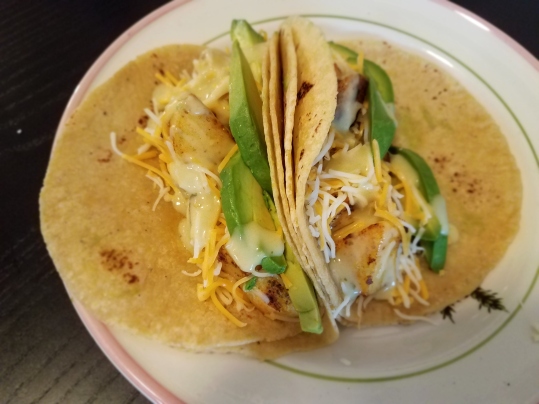
RECIPE (makes 4-6 tacos, or enough or 2 people)
INGREDIENTS
2-3 medium-ish red potatoes, washed and diced
1 tsp chili powder
1/2 tsp cumin
1/2 tsp chili powder
6 tortillas, warmed slightly before taco assembly
1/2 an avocado, sliced
1/3 cup shredded cheese blend (look for something with some combination of cheddar, Monterey jack, Asadero, queso quesadilla, and/or Colby jack; you won’t find cheese with all 5 but look for something with 3-4 of them); to make this recipe vegan, simply sub in your favorite vegan-friendly cheese!
Tomatillo salsa or creamy tomatillo sauce, to taste
Olive oil or coconut oil, for frying
DIRECTIONS:
- Clean and cut up your potatoes, being sure to remove any small eyes or other lumps on the outside.
- Heat olive or coconut oil in a skillet over medium heat, using just enough to coat the bottom of the pan. When hot, add the potatoes. Sauté potatoes for 2-3 minutes, until they begin to soften slightly. Add in the spices and stir to evenly coat the potatoes.
- Continue to fry the potatoes, stirring occasionally, until potatoes are golden-brown on the outside and are fork tender, about 10-12 minutes over medium or medium-low heat.
- Meanwhile, cut up the avocado and warm your tortillas to prepare for taco assembly.
- Remove the potatoes from heat and stir the cheese directly into the pan of potatoes for about 20-30 seconds, until cheese is melted. Add more cheese if you want the tacos even cheesier! You can also wait to add the cheese, but it won’t melt as well if it’s just in the taco with the hot potatoes.
- Distribute the cheesy potatoes among the tortillas. Add the avocado along one side, top with salsa, and enjoy!
